Overview
Pocket knives have evolved from essential survival tools in ancient times to stylish and functional everyday carry items today. Their design and use have changed significantly over centuries, influenced by various cultures and technological advancements. Modern pocket knives combine practicality with artistry, appealing to both outdoor enthusiasts and collectors. When choosing a pocket knife, consider factors like blade material, design, grip, and size to find the right fit for your needs.
Frequently Asked Questions
1. What are the origins of pocket knives?
2. How have pocket knives evolved over time?
3. What materials were early pocket knives made of?
4. What factors should one consider when choosing a folding knife?
5. What role do pocket knives play in contemporary society?
Pocket knives have been a vital tool for humans for centuries. From humble beginnings to their place in today's modern society, the historical context of these versatile tools is fascinating. Folding knives, particularly, have revolutionized the way we interact with hand tools and add a unique charm to our daily lives. Let’s take a deep dive into the evolution of pocket knives, their diverse uses, and their cultural significance.
Origins of Pocket Knives
The story of pocket knives begins in ancient history, where tools were vital for survival. Early humans utilized sharp stones and pieces of bone to cut and slice. As civilizations developed, so too did technology, including the crafting of metal tools. These early versions of folding knives served various purposes, including hunting, agriculture, and crafts.
Early Materials and Design
Manufacturing techniques have evolved significantly over time. Initially, early pocket knives were fashioned from wrought iron or bronze. The first known folding knife dates back to the 15th century in Europe. These knives featured two blades and a simplistic hinge mechanism, making them more portable and easier to carry compared to fixed-blade counterparts.
Changing Uses Through the Centuries
Pocket knives were not always the trendy everyday carry (EDC) items they are today. Over centuries, the knife transitioned from a necessary survival tool to a symbol of craftsmanship and finesse. Throughout history, their uses adapted to meet the needs of different societies.
A Multi-Functional Tool
During the 18th and 19th centuries, the versatility of folding knives became increasingly apparent. Craftsmen and tradespeople found these tools invaluable for their ability to slice, pry, and even perform rudimentary first-aid tasks. As industrialization took hold, pocket knives became less of a rough necessity and more of a refined accessory.
The Influence of Culture and Regions
Throughout history, various cultures have embraced pocket knives, adding distinct features and styles. In Europe, for example, the design of folding knives often reflected local artistry and craftsmanship. In contrast, Asian cultures developed their unique styles that fit into their cultural practices. The Swiss Army knife, for example, became an icon due to its multi-functionality and high-quality construction.
Symbolism of Prestige and Practicality
In various cultures, owning a pocket knife has represented both social prestige and practical value. In some parts of the world, gifting a folding knife is a traditional gesture signifying friendship or loyalty. Meanwhile, in outdoor communities, folding knives serve as essential tools for survivalists and adventurers alike.
The Design Revolution of the 20th Century
The 20th century ushered in significant advancements in knife design and materials. The introduction of stainless steel revolutionized folding knives by minimizing corrosion and increasing durability. Manufacturers started to experiment with ergonomics and aesthetics, resulting in a diverse array of styles and functionalities.
Innovation and Technology
With the boom of technology, companies began using precision engineering to create the sleekest folding knives to date. Innovations such as assisted-opening mechanisms and locking systems made folding knives safer and easy to use. These materials and designs paved the way for today’s modern folding knives, which prioritize user experience without sacrificing quality.
Pocket Knives in Contemporary Society
Today, pocket knives hold a multifaceted role in our lives. From everyday carry items in urban environments to indispensable tools for outdoor enthusiasts, folding knives adapt to various lifestyles and needs. Their appeal crosses generations, making them a timeless gadget for both practical usage and collecting.
Everyday Carry (EDC) Culture
The rise of EDC culture has propelled folding knives to new heights of popularity. Enthusiasts emphasize functionality, style, and preparedness, making pocket knives a focal point of their daily gear. In the age of minimalism, owning a reliable folding knife is seen as both a practical necessity and a reflection of personal style.
Choosing the Right Folding Knife
Given the sheer variety of folding knives available today, selecting the right tool can be daunting. Buyers should consider several essential factors when exploring options in this vast market.
Factors to Consider
- Blade Material: Look for high-quality steel that offers a balance of sharpness and corrosion resistance.
- Blade Design: Choose between drop point, clip point, or other blade styles based on your intended use.
- Grip and Comfort: The handle should feel comfortable in your hand while providing a good grip.
- Size and Weight: Consider portability and how the knife fits into your lifestyle scenario.
Join the Pocket Knife Revolution
The evolution of pocket knives mirrors the progress of human ingenuity. From primitive tools to modern masterpieces, these folding knives are more than mere instruments—they embody a rich history that intertwines with cultural practices, innovations, and everyday needs. As we continue to embrace the practicality and artistry of these timeless tools, the story of pocket knives will undoubtedly evolve further.
In this era of technological advancements, pocket knives remain as versatile and essential as ever, merging tradition with modernity. Embrace the beauty and functionality of folding knives, and who knows—the right pocket knife might just become your new best companion!






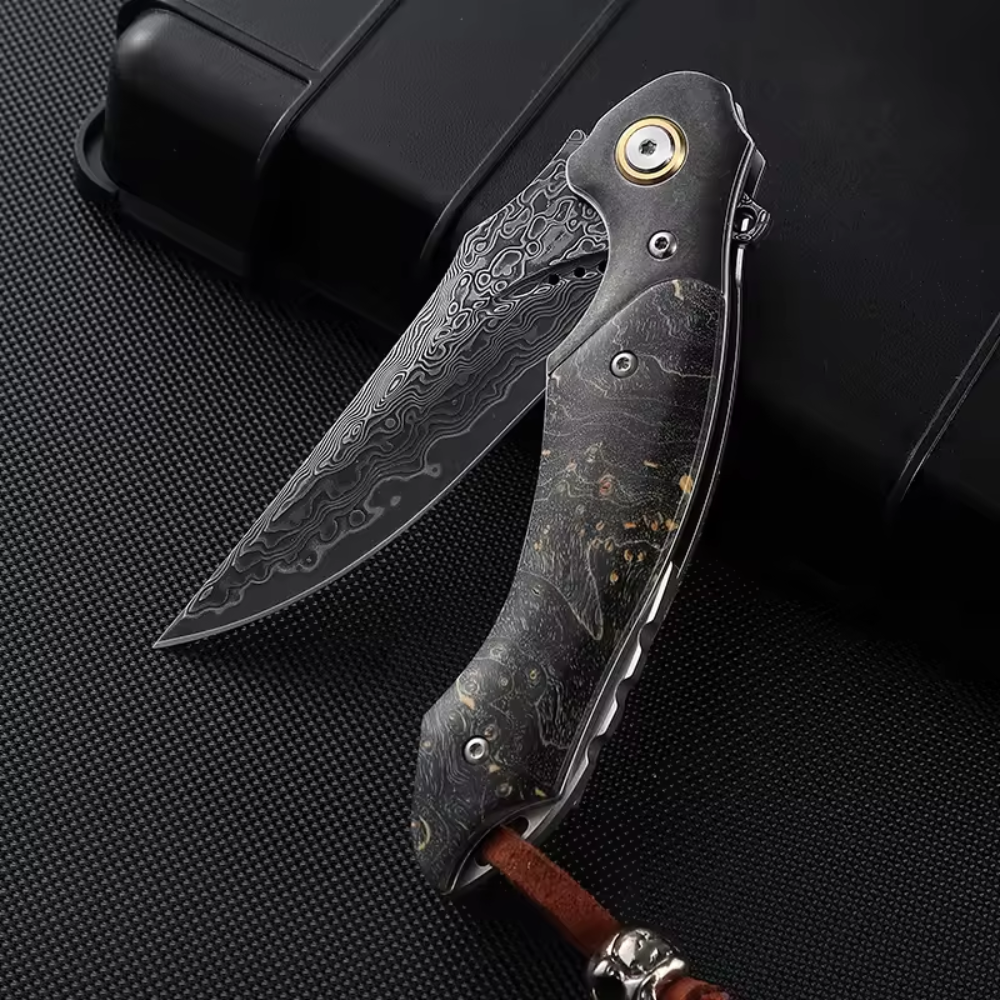

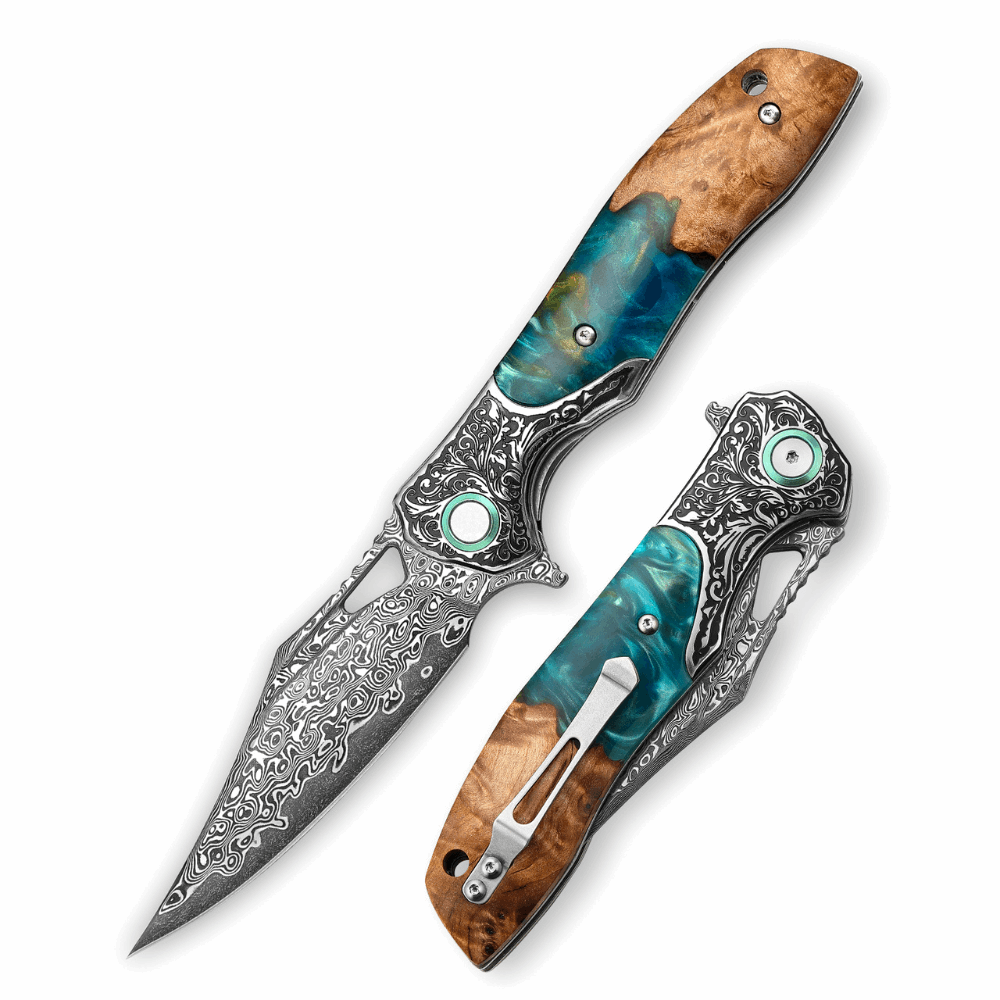
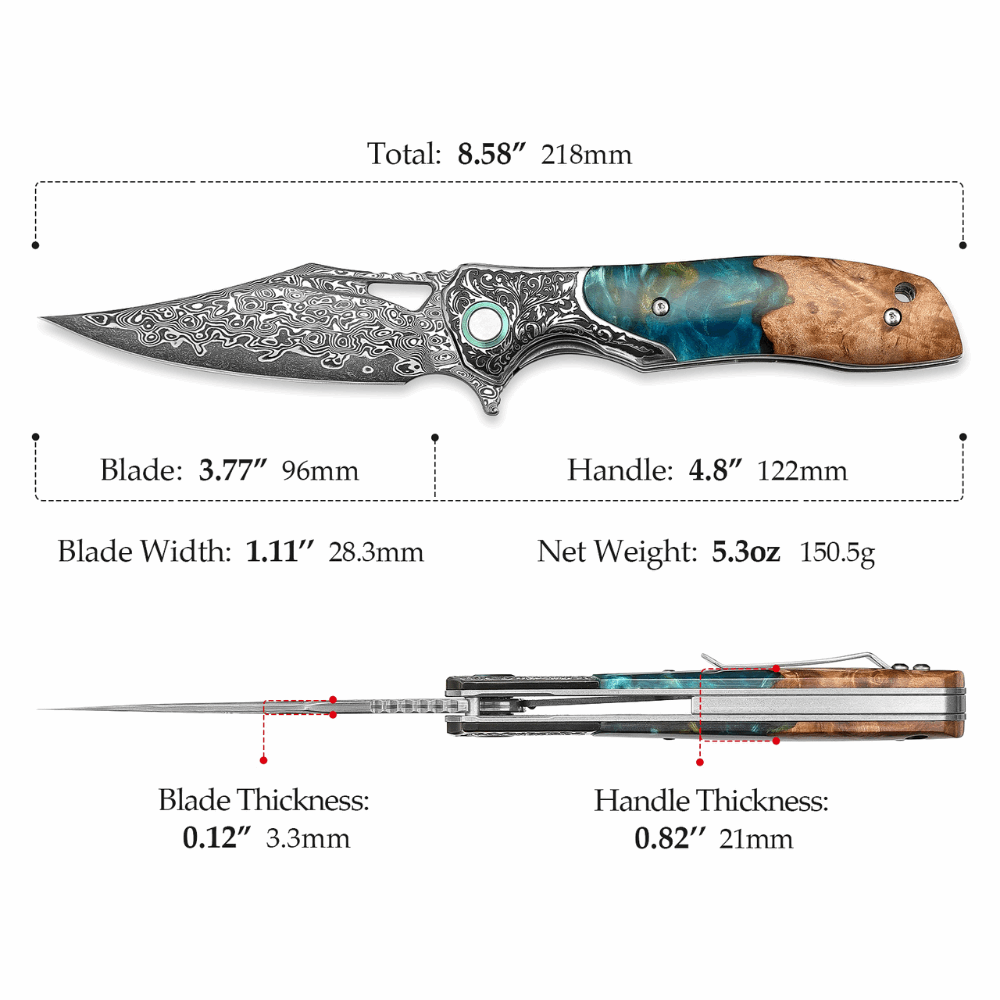
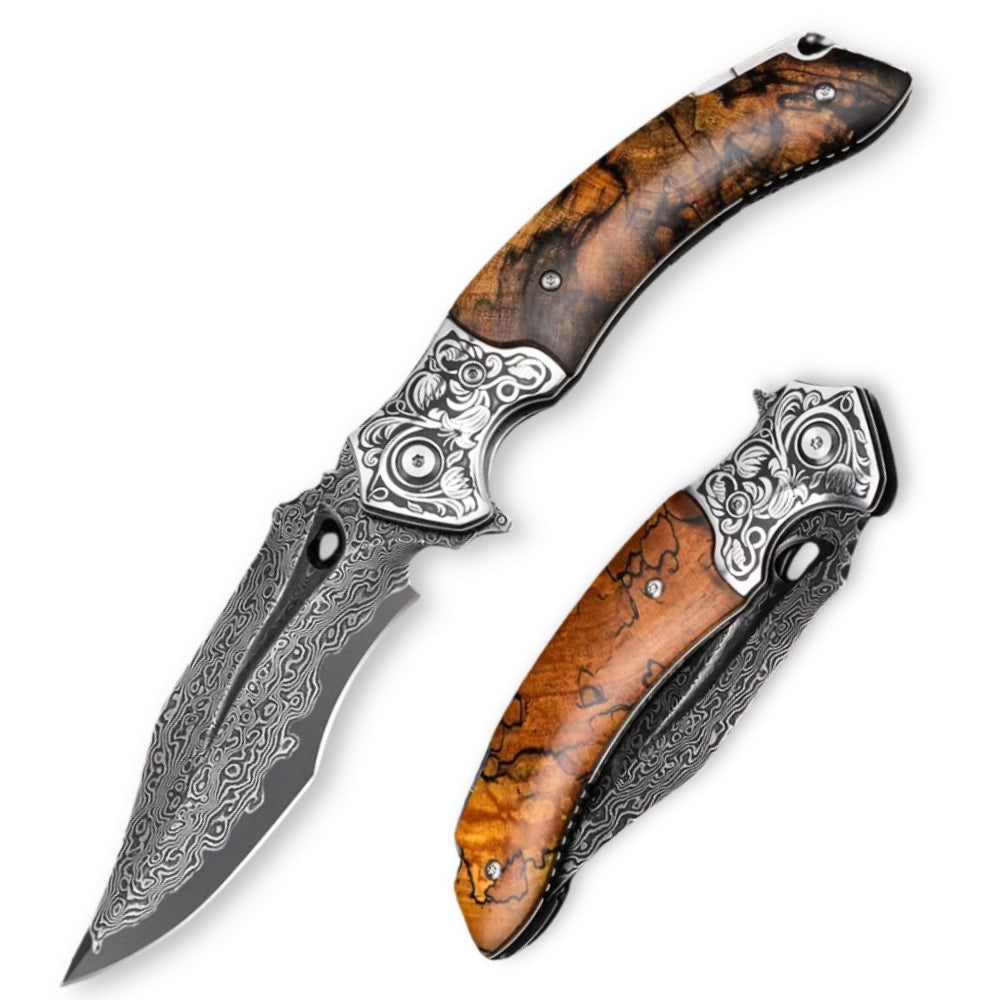

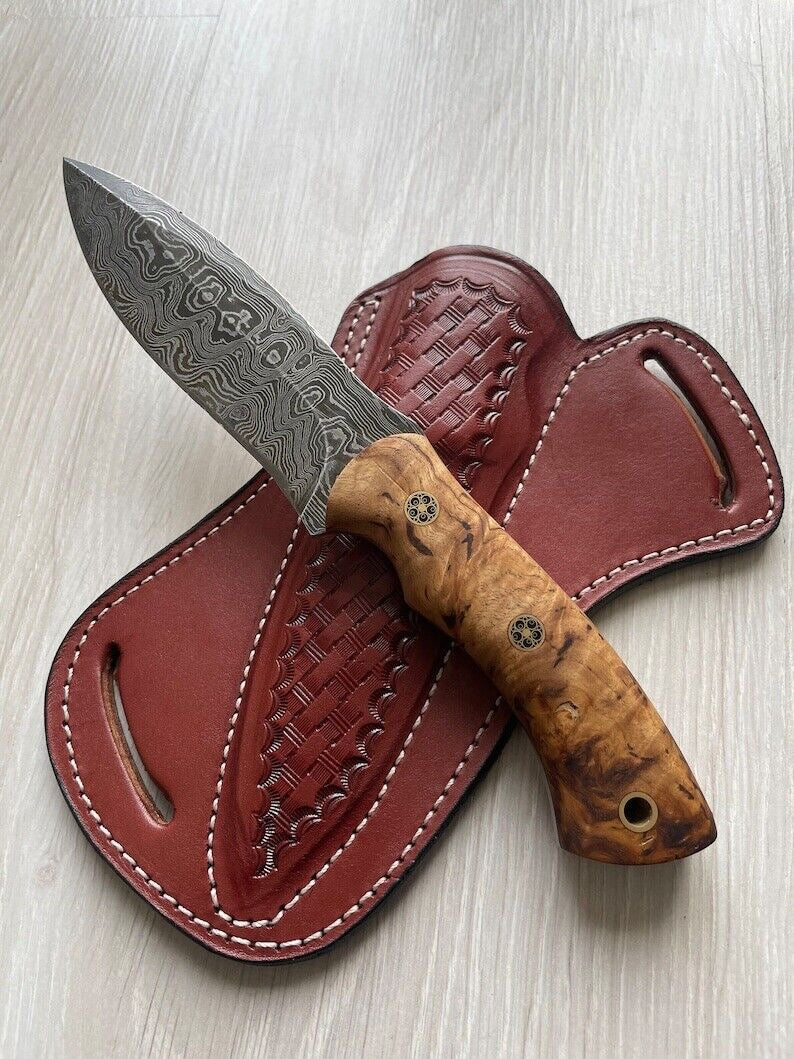
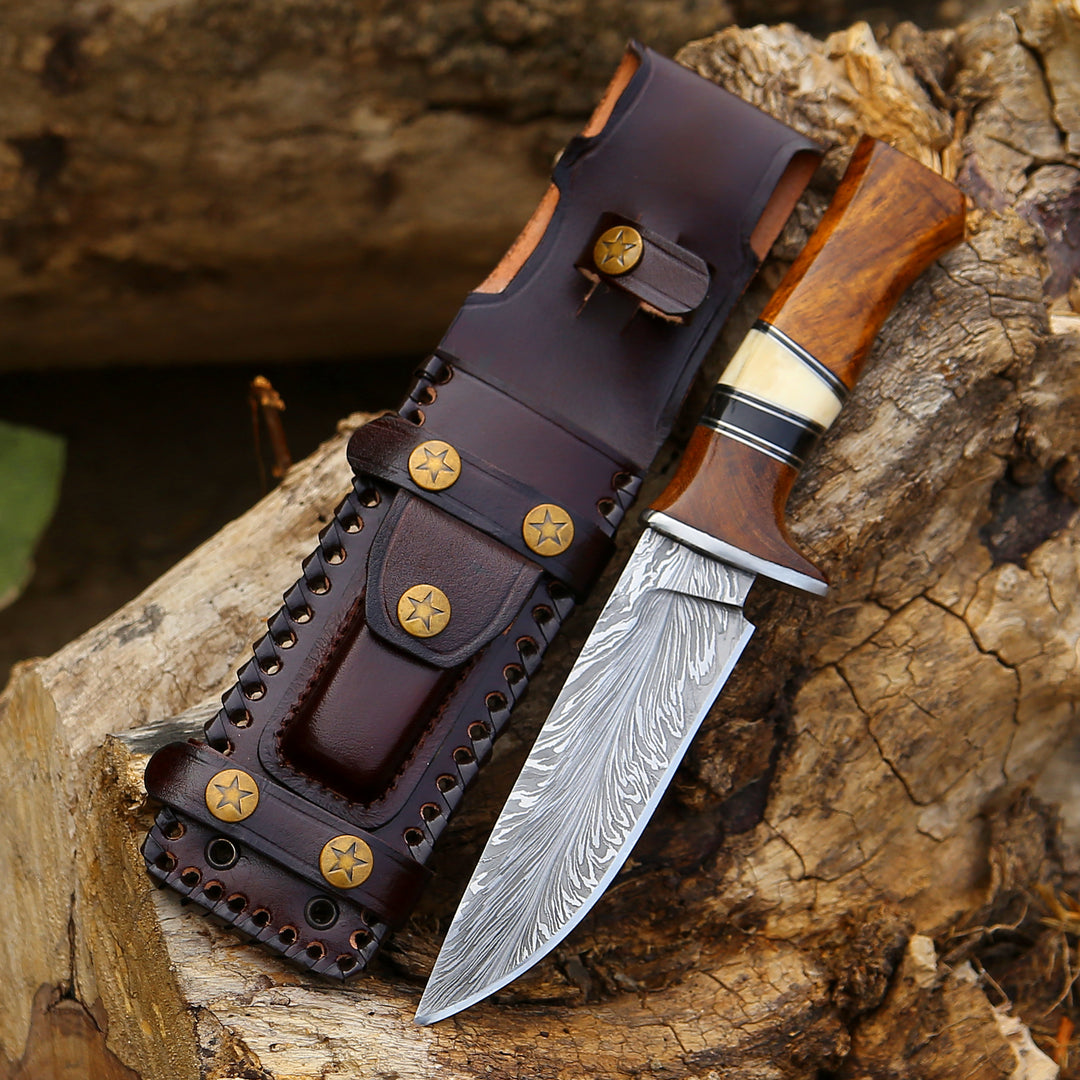

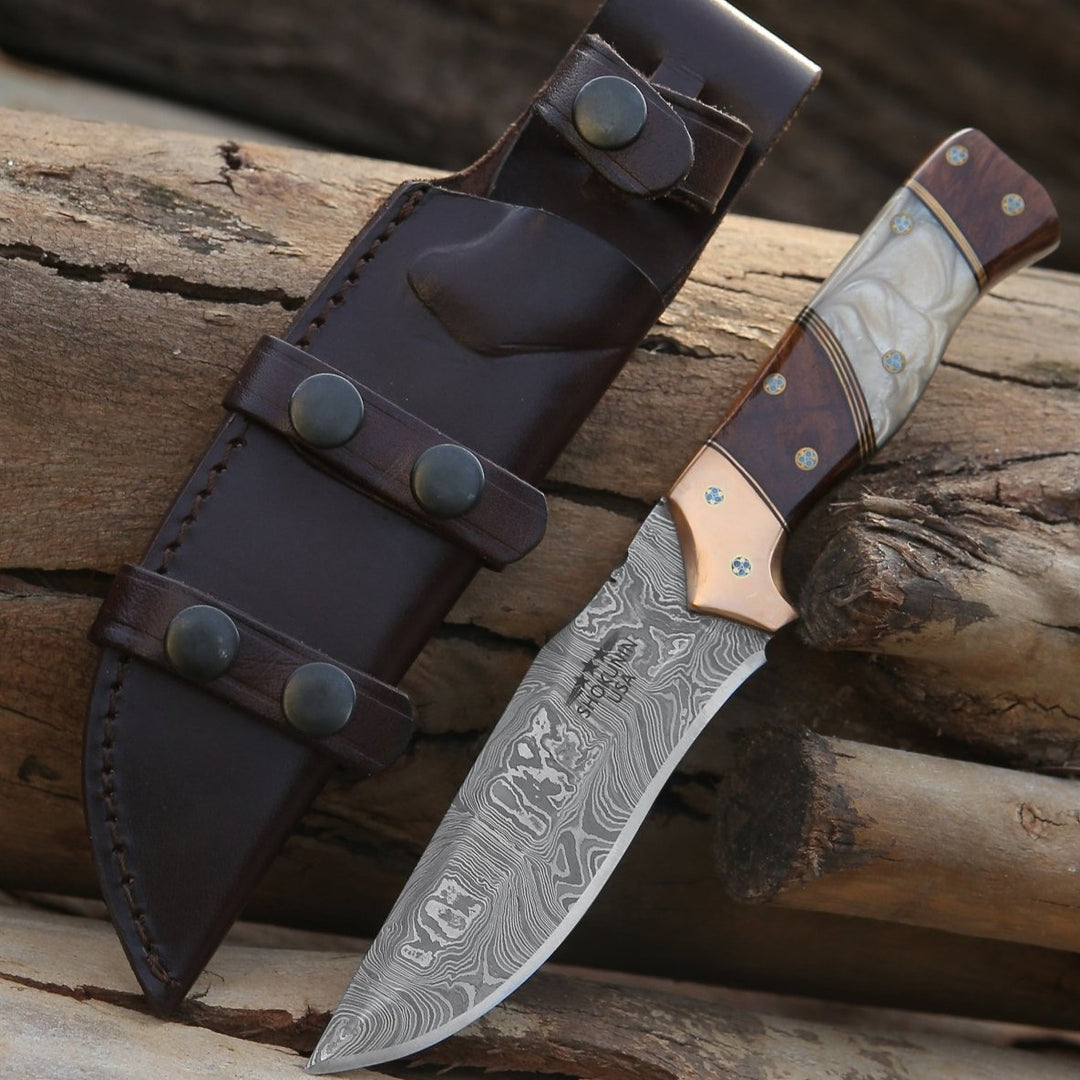
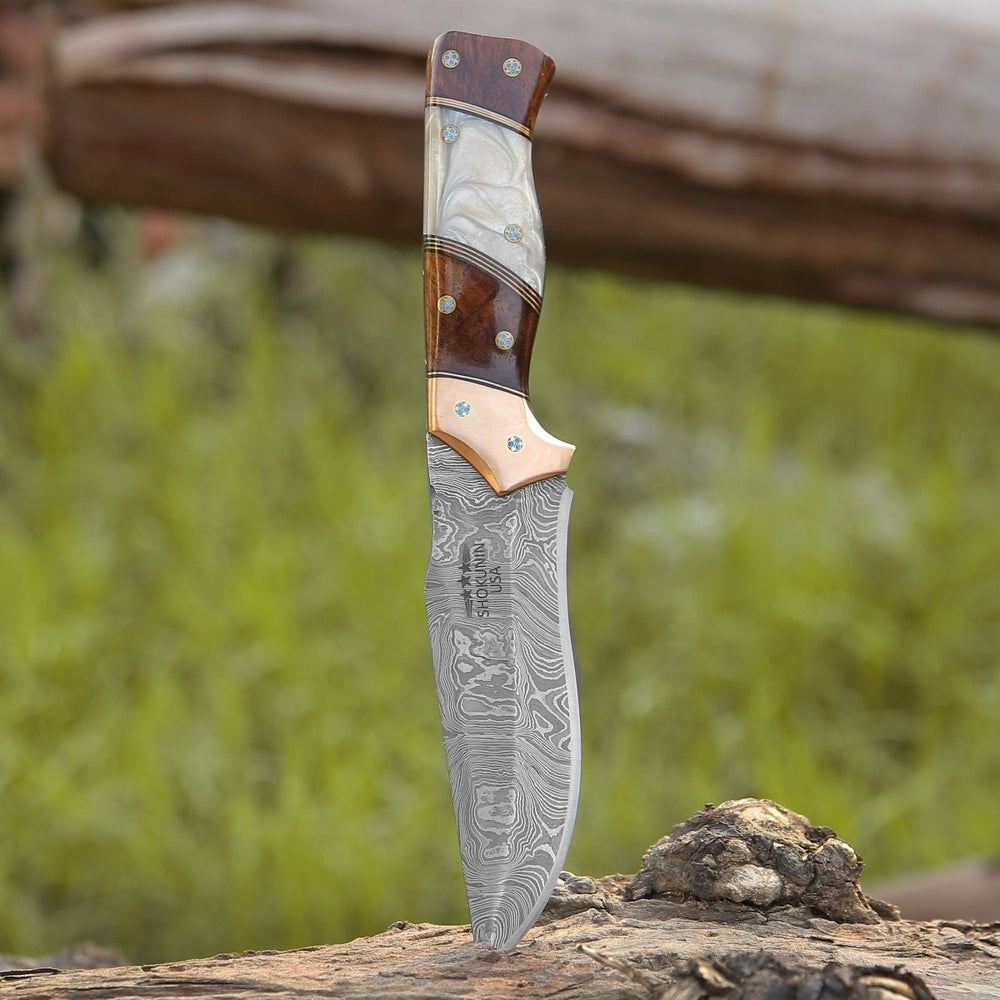
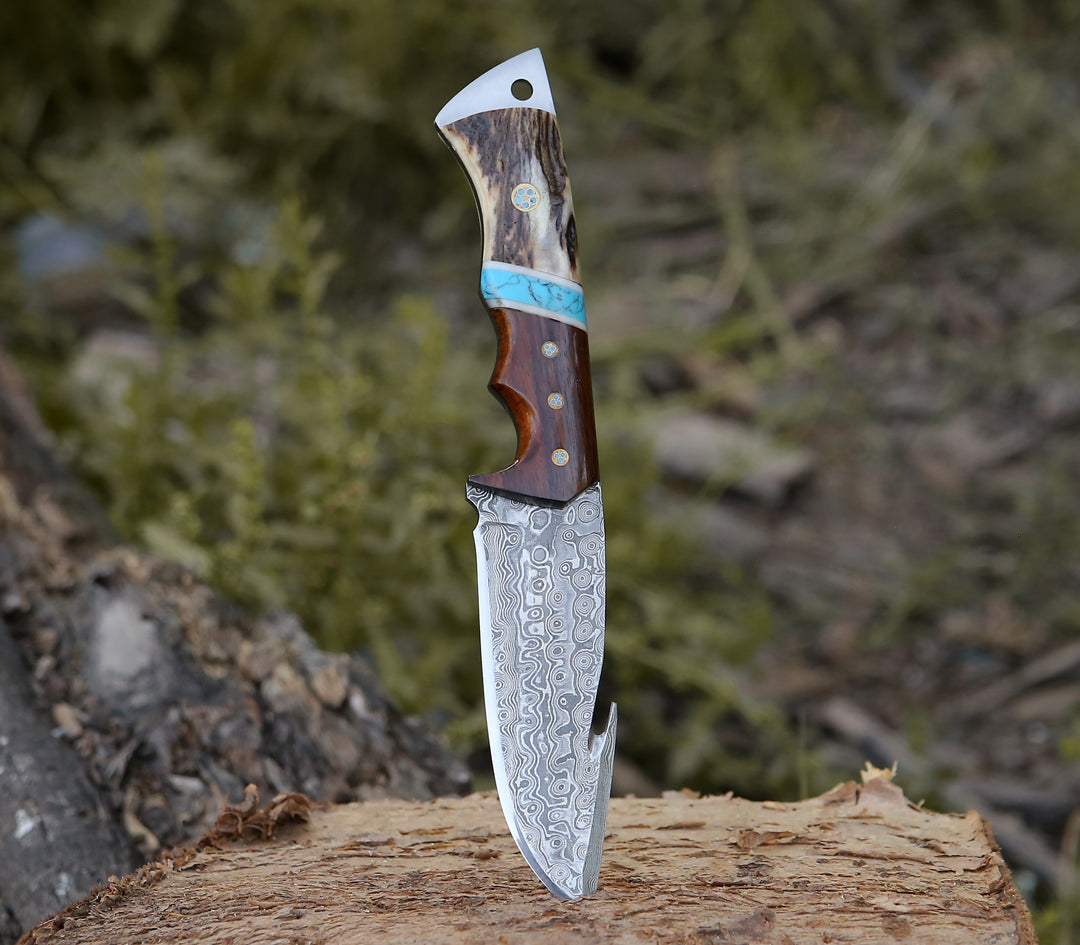
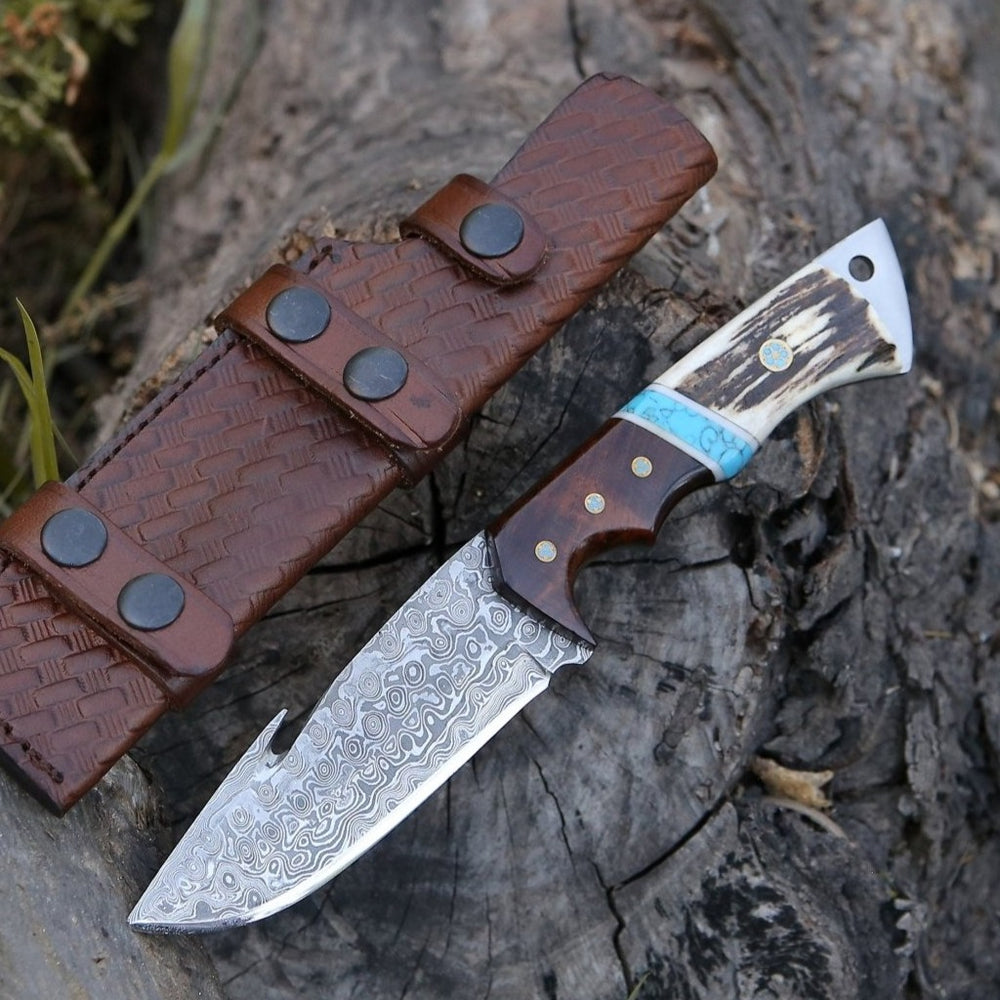
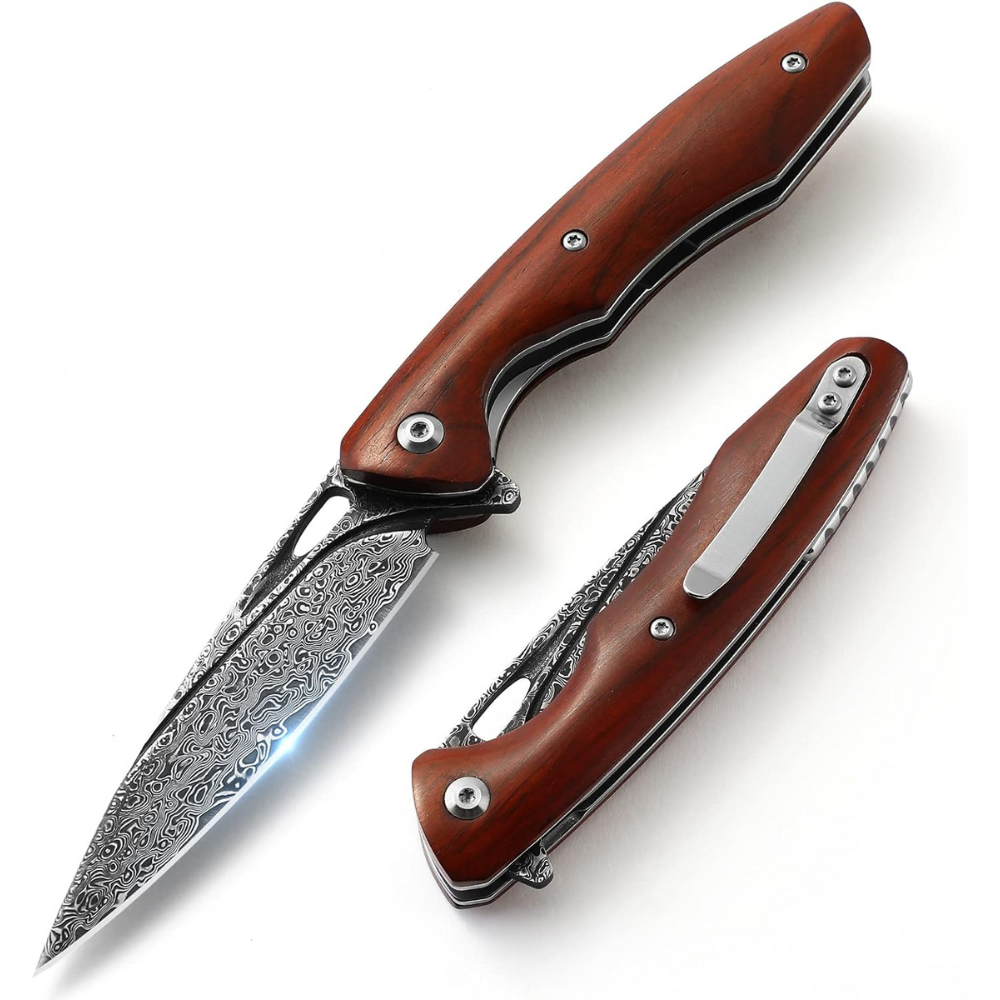
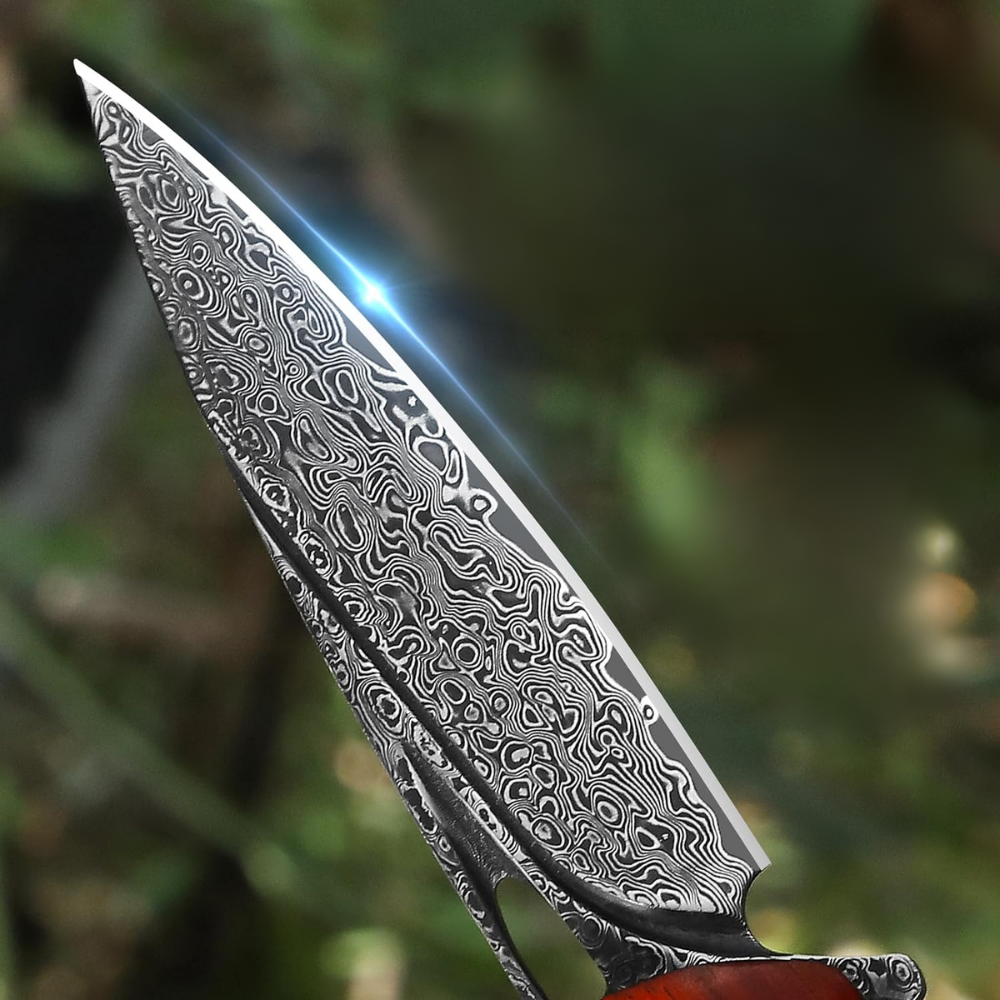
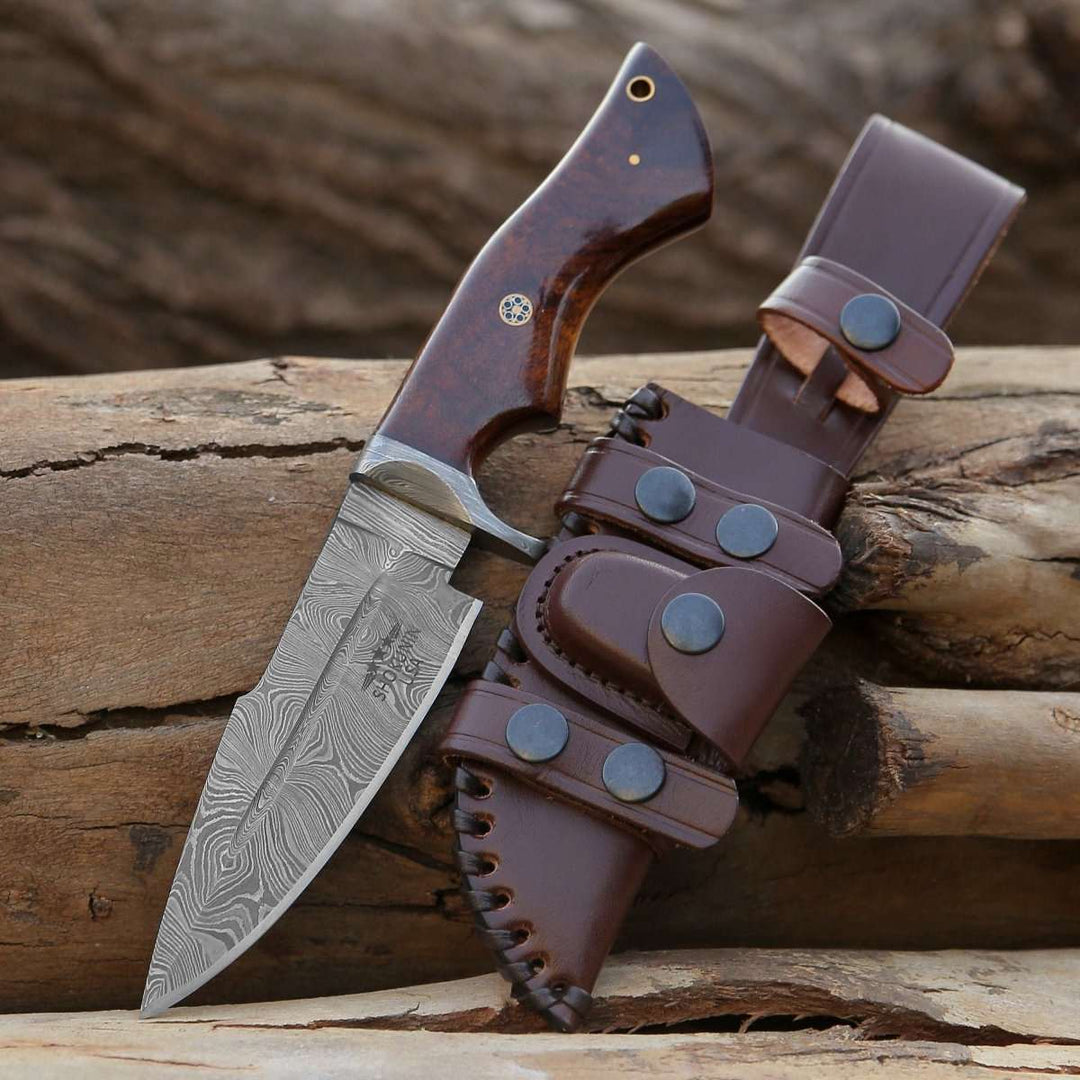
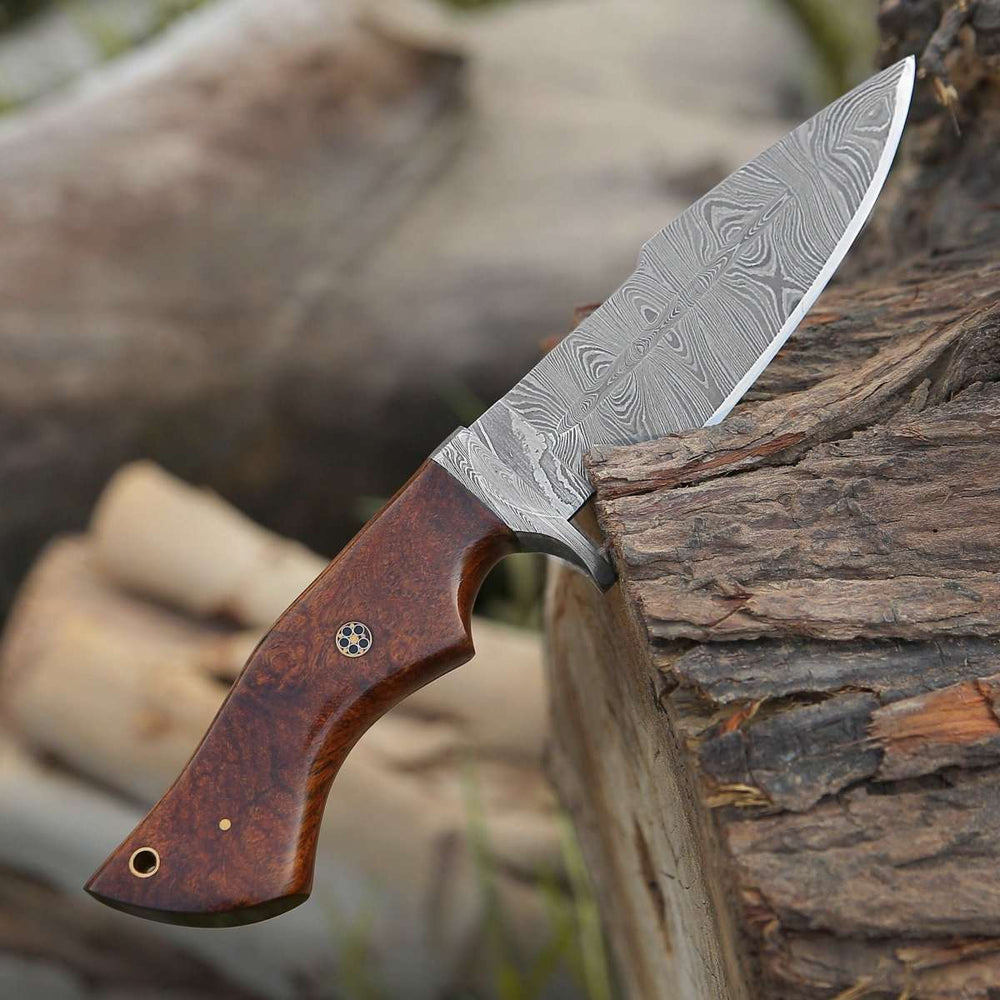
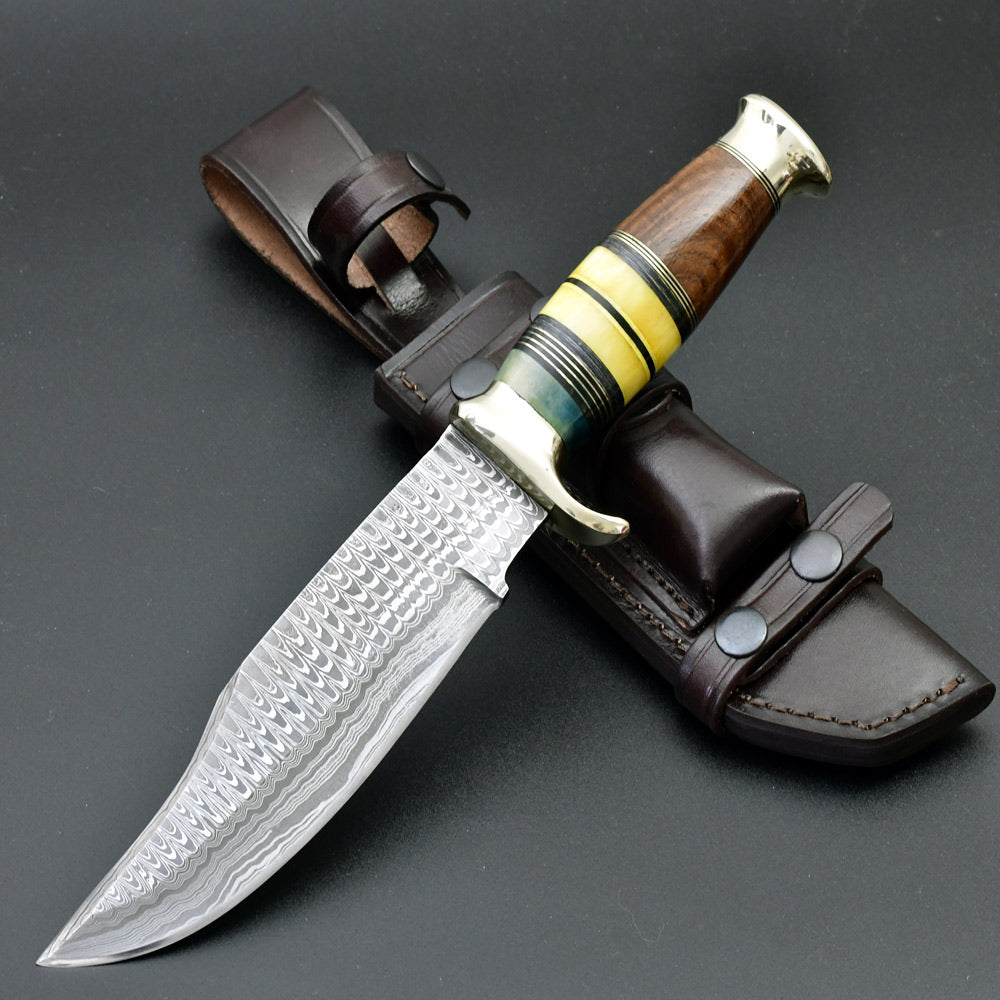

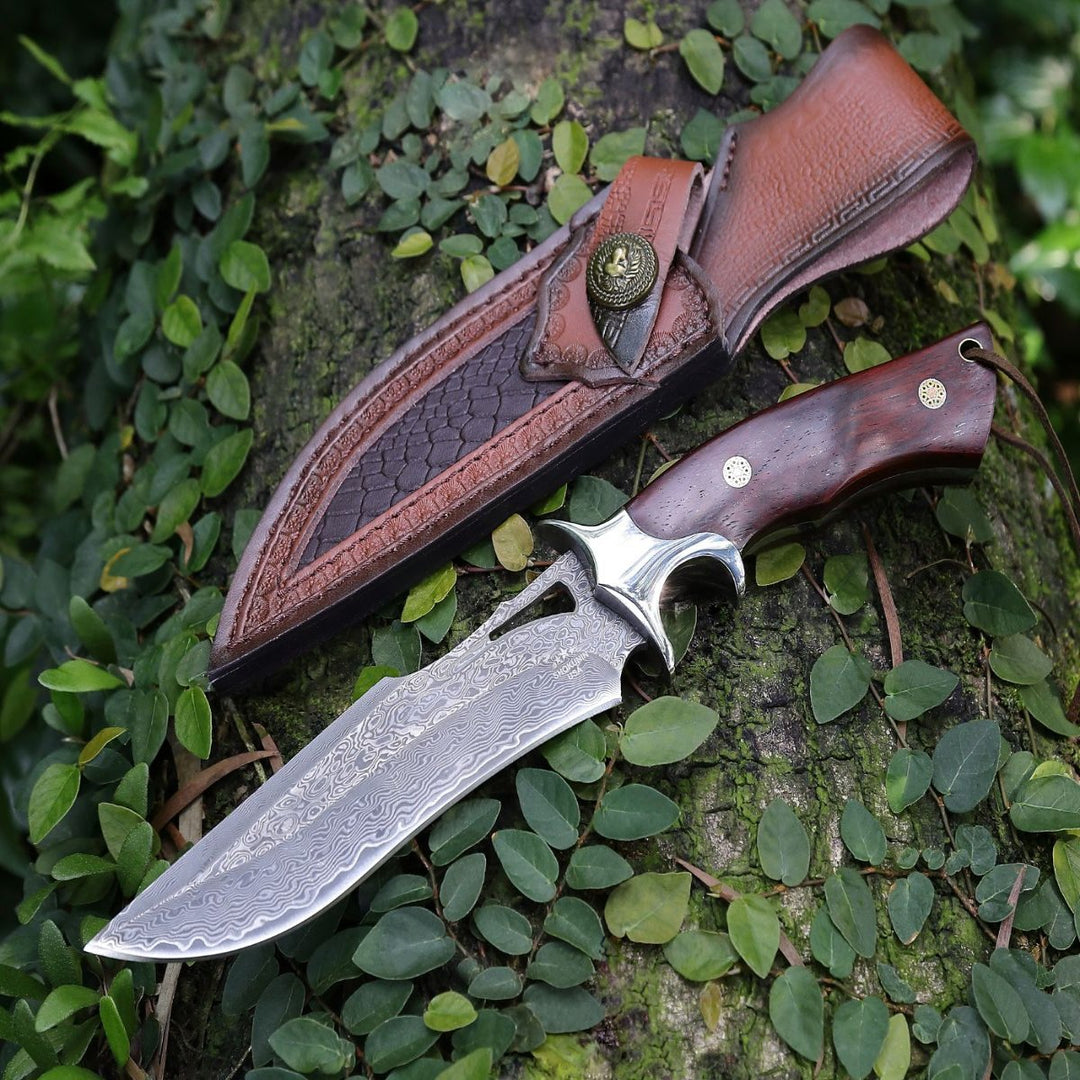


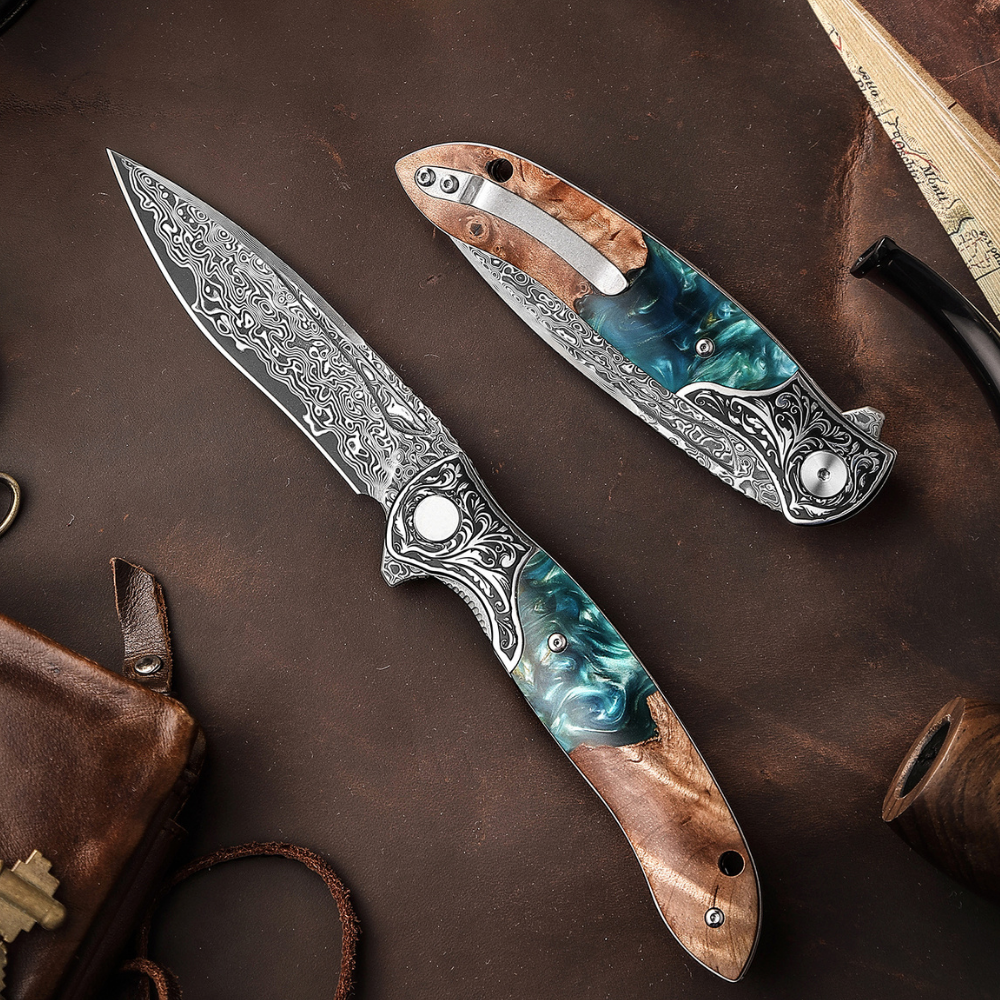
Dejar un comentario